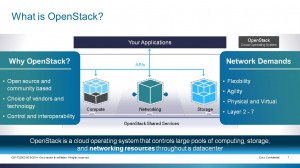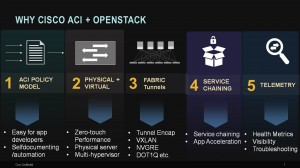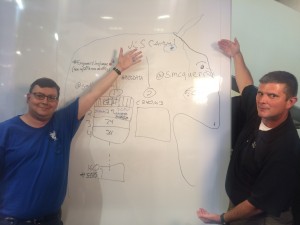Public safety agencies continually strive to improve their effectiveness and responsiveness to incidents in their jurisdictions. With increased attention on homeland security programs, these agencies demand better interdepartmental and interagency communications with important personnel, including police officers and first responders in the field.
Mobile applications supporting police, fire, and medical response units have transitioned from simple text and voice to rich multimedia applications. Real-time video, maps with satellite imagery, Global Positioning System (GPS) tracking, and global database searches are now available in handheld devices that first responders carry with them in the field. In today’s technological sphere, public safety agencies are leveraging these new capabilities and extending their existing applications in order to enhance the efficiency and delivery of high-quality services. Continue reading “Mobile Public Safety: Connections on the Job”

 Written By Volker Tegtmeyer, Senior Manager Product & Solution Marketing
Written By Volker Tegtmeyer, Senior Manager Product & Solution Marketing


CONNECT WITH US